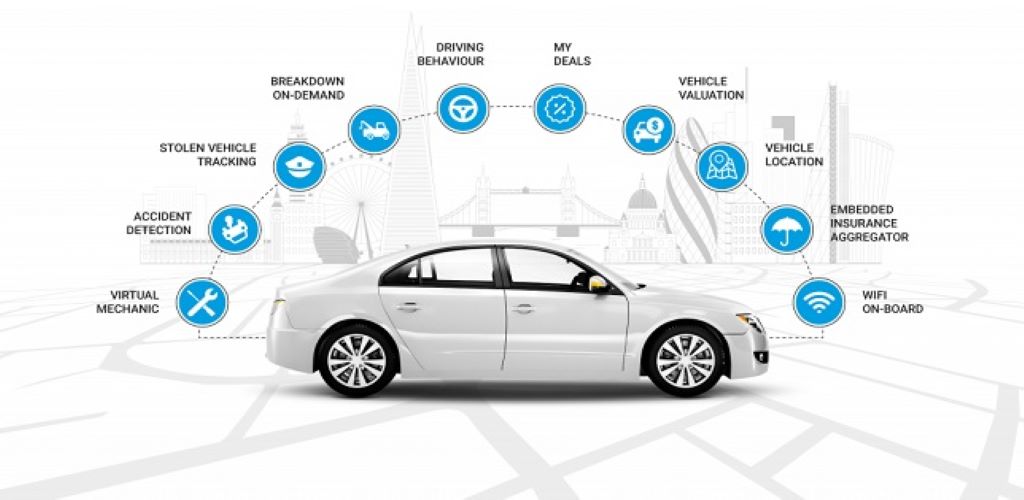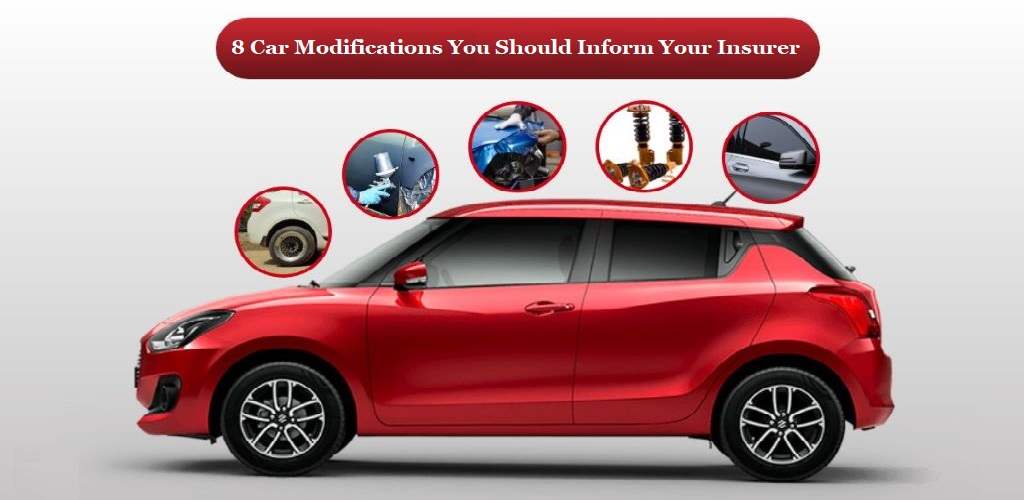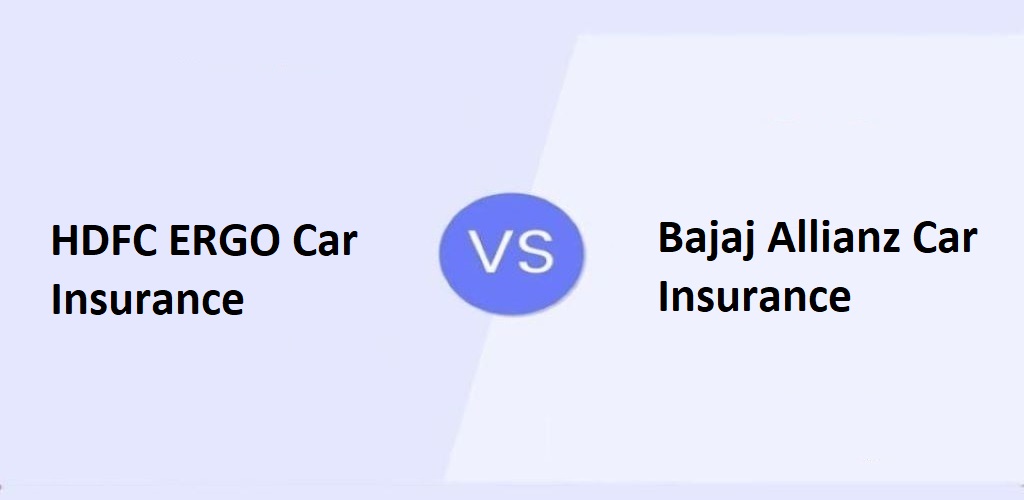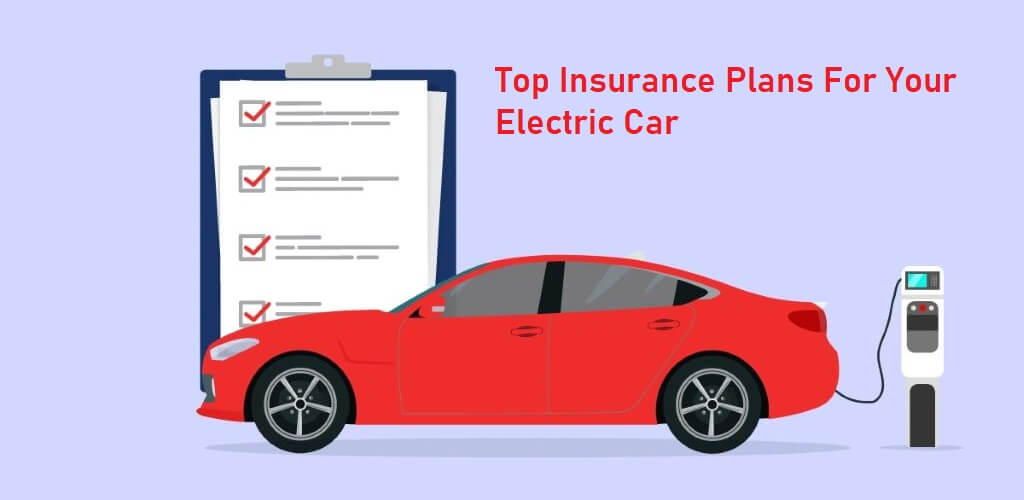Car insurance companies have traditionally determined premiums based on the make, model, age, and other characteristics of the vehicle. Although these have been the standard parameters for many years, the premium price did not take into account the most crucial component. What about the drivers who have received penalties for speeding, more insurance claims, more accidents, or collisions? Why should the insurance premium be the same for everyone based on the car’s characteristics when everyone drives differently?
This is where telematics comes into the picture!
While typical insurance policies only consider external factors, telematics-based systems seek to adjust premiums in accordance with the real risk posed by a given driver or vehicle. The ability to reward excellent drivers and precisely assess the danger of bad drivers is revolutionary in the creation of fair insurance plans.
Defining Telematics
Telematics is high-tech equipment that can track and monitor the movements and behaviors of a car. It is an automotive communication system that gathers data from the car and sends it to the insurers via a variety of tools and apps. To gather, store, process, and analyze data, telematics uses GPS, GSM, Wi-Fi/Bluetooth, Engine Control Units, RF, and cloud servers.
Functioning Of Telematics In The Car Insurance Industry
Telematics are computer-like and highly intelligent gadgets that connect to a vehicle utilizing GPS or other data-gathering methods. When a person or company signs up for a telematics insurance plan, their telematics device will connect to a cellular network and regularly upload data to cloud software.
The insurance specialist will next examine this data and adjust costs as necessary. The availability of all these data points guarantees that insurance programs reflect the most recent risk assessments and render obsolete and unnecessary factors.
This innovation of Usage Based Insurance (UBI) determines the premiums in four ways:
- Pay As You Drive Insurance – PAYD
- Control Your Drive Insurance – CYD
- Pay How You Drive Insurance – PHYD
- Distance Based Insurance
How Telematics Have Become A Game Changer For Car Insurance Industry?
A comprehensive risk management and protection program can be easily created using all the data obtained through telematics. Let’s take a look at how this innovation has changed the whole phiz of the car insurance sector!
- Decreased Number Of Accidents
The use of telematics in car insurance policies encourages drivers to be more mindful of their driving habits and behaviors. Drivers are more cautious on the roads because the insurance firm tracks and evaluates their driving behaviors using real-time data. As a result, fewer accidents occur on the roads.
- Improved Accuracy Of Driving Routes
Every car connected to a telematic device can be tracked using the GPS feature of the device. Since drivers will be aware that their locations are being watched, this improves driving routes.
These gadgets also support an “invisible boundary” that sends an alert if a vehicle ventures outside of the approved areas. As a result, there is less personal travel on business time and potential risk cars can be swiftly identified before any harm is done.
- Decreased Theft Claims
The danger of theft can be reduced with telematics technology. Both the car and the contents inside it are connected to the tracking and GPS features of the gadgets. These items are easily traceable and recoverable in the event of theft.
- Reduced Emergency Maintenance
Telematics can monitor a vehicle’s driving patterns and deliver updates for routine maintenance requirements. These gadgets can notify drivers when there may be a problem with the car thanks to the data they collect. The technology uses car diagnostics to plan preventative maintenance and make it clear about expensive emergency breakdowns, delivery delays, and out-of-date vehicles.
- Enhanced Quality Of Service
The future of customer service depends on transparency! Customers can receive real-time updates on the status of their orders using telematics on both the delivery and purchasing vehicles. With the aid of this function, clients are assured of open communication, trust is fostered, and the delivery procedure becomes accurate.
What The Future Holds?
According to a recent analysis by Grand View Research, Inc., the size of the worldwide insurance telematics market is anticipated to reach USD 6.2 billion by 2025, showing a CAGR of 22.7% from 2019 to 2025.
Accurate information about driver behavior and vehicle operations is provided by insurance telematics, which gives claim procedures visibility and useful information. Additionally, the tool assists in reducing false claims and losses in this sector.
Over the course of the projection period, these factors are anticipated to accelerate market expansion. Another element boosting the market’s expansion is the declining cost of auxiliary technologies like wireless sensor networks, GPS, and computer analytics. Therefore, there is no denying the fact that the future of the car insurance industry is telematics.
Conclusion
With the perfect amalgamation of human behavior and technology, telematics is reinvigorating the car insurance industry. Telematics is still viewed as “up and coming” and modern, but it will soon become the norm. As various car insurance companies are continuing to recognize the value of data and tracking, the insureds will receive more revolutionary car insurance programs in the future.








